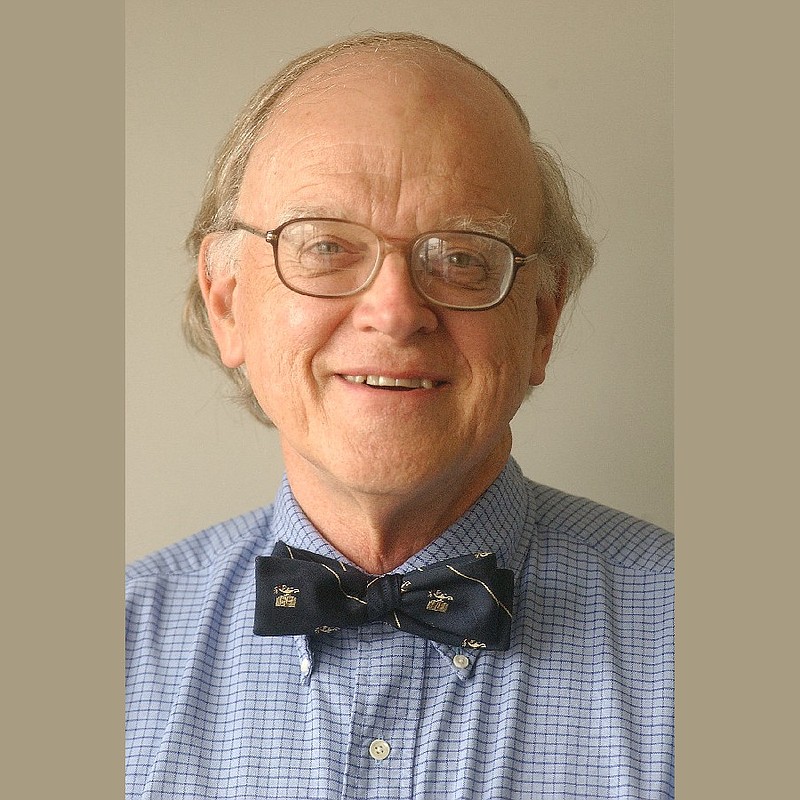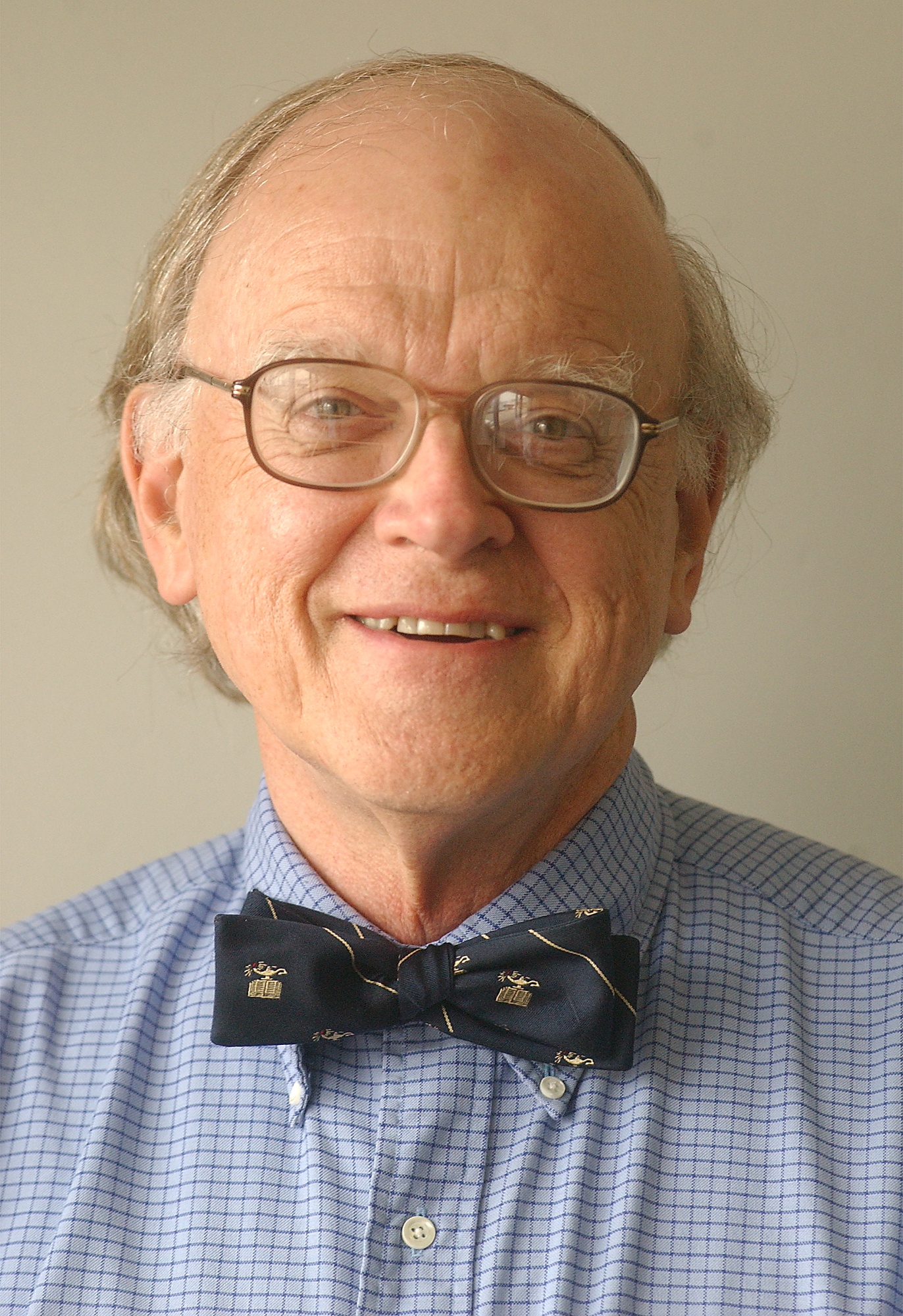Fifty years ago, the professorial speaker for my medical school graduating class warned of the "half-life" of what we had learned.
In 10 years, he predicted that as much as one-quarter of our medical knowledge would be either outdated, irrelevant or proved wrong. The decay of knowledge would accelerate throughout our careers. Staying abreast of change would be a major challenge for our professional lives.
But one discovery perfected during my tenure in medical school has endured: cardiopulmonary resuscitation (CPR) paired with electrical defibrillation.
From the early years of the 20th century, physicians had used with limited success chest compressions in efforts to revive unresponsive patients. Credit for perfecting CPR as we employ it today belongs to Drs. James Elam and Peter Safer. In 1956, they described the combination of clearing the airway, tilting the head of the victim backward and employing mouth-to-mouth breaths with chest compressions.
In 1957, Austrian-born Safer published an influential manual on CPR, "ABCs of Resuscitation," which popularized the technique. He subsequently collaborated in the development of a mannequin on which students could practice CPR. Ever modest, Safer contended that he and Elam had simply combined existing methods of treating cardiac arrest.
Often, sudden collapse was due to a chaotic heart rhythm, known as ventricular fibrillation. CPR, while sustaining life temporarily, could not restore a normal rhythm. During open-heart surgery, arrhythmia had been occasionally observed and electric shock used to restore a normal rhythm.
In the early 1960s, cardiac surgeon James Jude and electrical engineers William Kouwenhaven and Guy Knickerbocker at Johns Hopkins University collaborated on research that made external electric shock, or defibrillation, a safe and effective treatment to reverse a lethal rhythm. Extensive animal studies led to perfection of the technique. Closed-chest compressions and mouth-to-mouth breathing would support life until application of a carefully calibrated electric shock.
The combined technology was widely adapted and became a mainstay of in-hospital and out-of-hospital therapy for sudden cardiac death. Modifications and wider applications of electrical shock have made this an enduring technologic triumph. External cardiac defibrillators are now a common sight in airports, gyms and other public buildings.
Countless lives have been saved since the perfection of CPR and defibrillation. Remarkably, no one associated with this advance received a Nobel Prize.
To be effective, CPR must begin immediately upon a person's collapse. This assures flow of oxygen-containing blood to the brain, which would otherwise suffer irreparable damage within two to four minutes of cardiac stoppage. Bystanders may be reluctant to use mouth-to-mouth respiratory support for a victim. Consequently, an alternative form of CPR using chest compressions alone has been developed.
Although videos are readily available on CPR, there is no substitute for training by expert instructors on lifelike mannequins. Careful but rapid assessment of the victim is crucial. Proper technique of chest compressions will prevent injury to ribs and internal organs. Use of CPR for infants and children requires special adaptations.
Basic and advanced CPR course are offered in Chattanooga and other communities by the Red Cross. The basic course costs $75 and provides certification that is valid for two years. Tuition for the advanced course, required for medical first responders, is $110.
A strong case can be made for a representative of every business, office or work crew taking the basic course. Life can thus be sustained until application of an electrical countershock by someone trained in its appropriate use.
Fifty years on this technology endures with little prospect for obsolescence.
Contact Clif Cleaveland at cleaveland1000@comcast.net.

